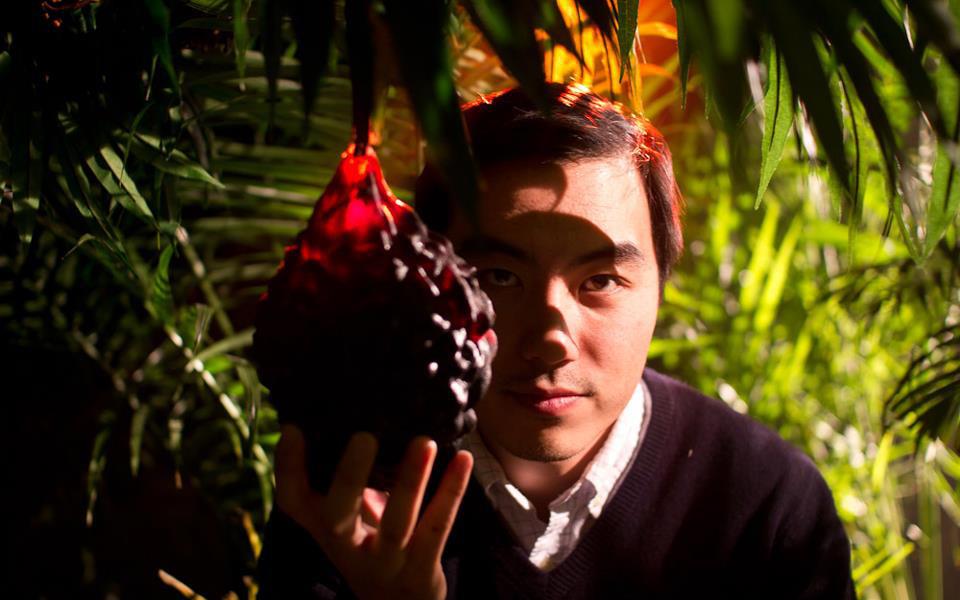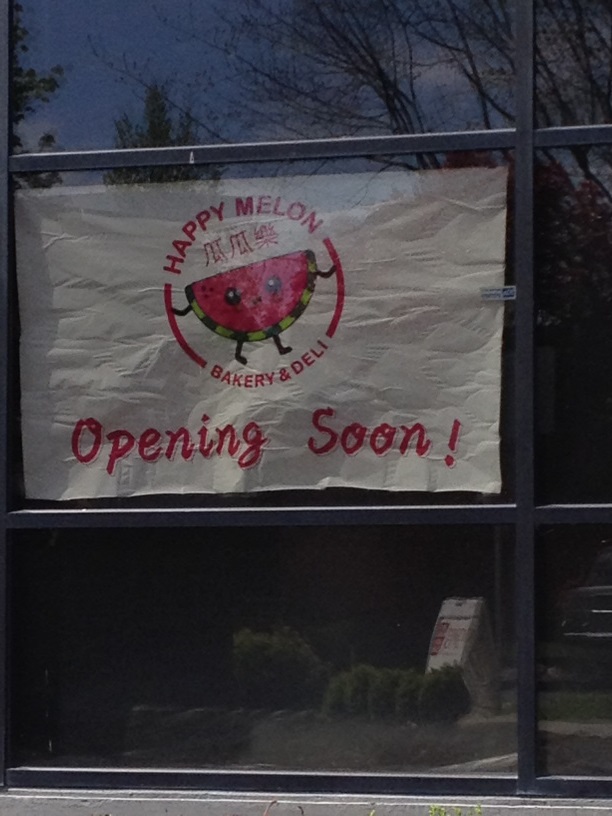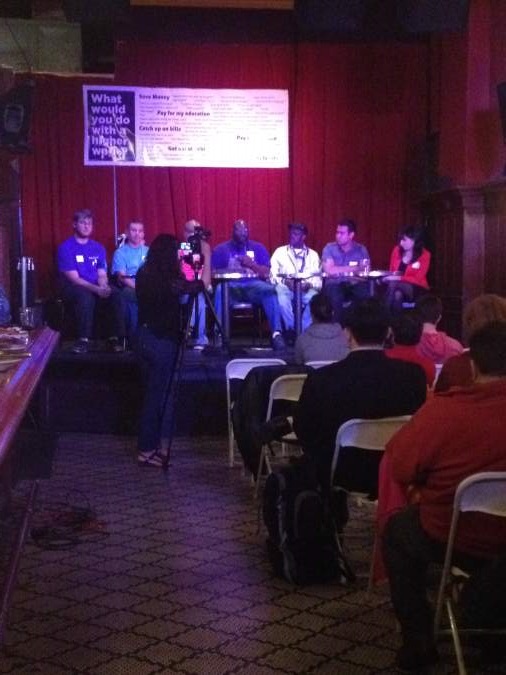Consumers who pride themselves on their environmental and cultural sensitivities have a specific set of criteria for beef-buying. They want meat that’s grass-fed, grass-finished, antibiotic-free and grown according to organic principles.
But what will Seattle’s ethical eaters do when meat made in test tubes hits the market? The New Yorker recently probed the science behind the push to develop manufactured meat, which believers say could effectively stem animal slaughter, feed the hungry, drastically diminish greenhouse gas emissions and reduce the rate of cardiovascular disease.
It’s unlikely that lab meat will become a viable option any time soon. A professor quoted in The New Yorker story likens its degree of difficulty to the Apollo program—and mad meat scientists don’t have the funding or political capital that fueled the space race. Meanwhile, detractors worry the product could ultimately prove a setback to the causes the Slow Food movement has spent decades advancing.
David Pearlstein, founder and owner of Link Lab Artisan Meats—a four-month-old Wallingford operation which Pearlstein describes as “an extremely small, USDA-inspected, artisan meat factory”— is intrigued by the possibilities of meat made without animals. But he fears the product wouldn’t be compatible with the small farmers he set out to support when he started making sausage.
“I’m not going to use it,” Pearlstein says. “My business is built around local farms. I don’t want to say everyone should have a lab to build their dinner, but if only giant food corporations were allowed to do this, smaller guys would be locked out.”
Pearlstein’s greater concern, though, has to do with the proposed meat’s flavor. As Michael Specter writes in The New Yorker, “taste remains a secondary issue, because, so far the largest piece of ‘meat’ that has been produced in Eindhoven measured eight millimeters long, two millimeters wide and four hundred microns thick . . . The specimen I saw was as visually stimulating as mouse droppings.”
For Pearlstein and his customers, who have the luxury of thinking beyond sustenance, pure protein holds little appeal. “If it’s only about protein, let’s all eat tofu,” Pearlstein scoffs. “Meat requires texture and fat. For me, it’s not an issue of getting meat cheaper.”
That doesn’t mean Pearlstein wouldn’t experiment with lab meat if it ever becomes available, however. “A lot of people will say it’s disgusting,” he says. “But it’s fascinating that you could build meat in a Petri dish.”







